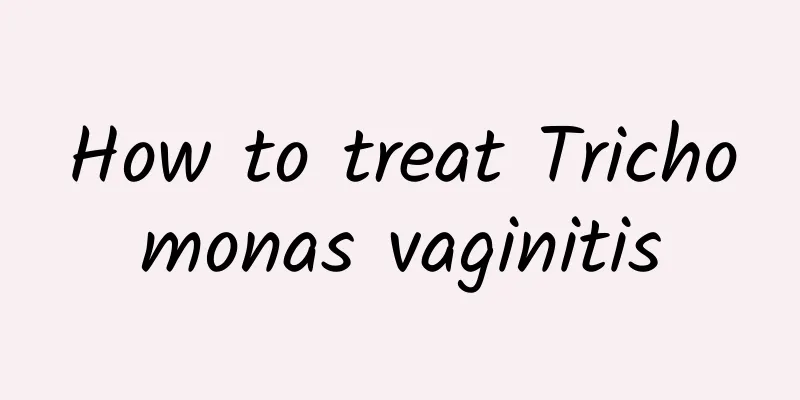New understanding of cervical erosion

|
In daily life, people often hear the term "cervical erosion". Due to unclear understanding of the disease, many women often panic when diagnosed with cervical erosion, thinking that cervical erosion means that the cervix is "rotten". They blindly use medication for treatment, which leads to overtreatment. Indeed, "cervical erosion" was once recognized and treated as chronic inflammation of the cervix or even precancerous lesions. Recent views believe that "cervical erosion" is a single layer of columnar epithelium covering the surface of the cervix, rather than a true shedding of the epithelium; it is the columnar epithelium and transformation zone on the inner side after the squamocolumnar junction moves outward. Therefore, some scholars suggest that the erosive appearance of the columnar epithelium moving outward be called cervical columnar epithelium migration or ectopia. At present, the term cervical erosion has been abandoned in the West and renamed cervical columnar epithelium ectopia, believing that it is not a pathological change. In addition, foreign countries generally do not treat those with mild inflammation, only do cytological screening, and make corresponding treatments based on the cytological results. It should be noted that it is currently unclear whether columnar epithelial ectopia increases the chance of infection by pathogens or affects the occurrence of cervical lesions or cervical cancer. However, relevant examinations should be performed on such women clinically to rule out the presence of concurrent infections. They should undergo cervical cancer prevention examinations once every 1 to 2 years, and then decide whether to treat and how to treat them. Women who develop symptoms should be treated, but relevant examinations such as cytology screening and (or) pathogen testing are required before treatment. Generally speaking, those with normal cervical cytology and negative pathogen tests do not need treatment. |
<<: Knowledge about the treatment of cervical erosion
>>: How to choose hormone therapy for patients with dysmenorrhea
Recommend
Symptoms of physiological uterine cysts
Physiological uterine cysts usually have mild or ...
What should I pay attention to when eating for uterine fibroids? Do I need to avoid certain foods when eating for uterine fibroids?
Uterine fibroids are a common benign tumor in wom...
See what symptoms and hazards of various vaginitis
Vaginal itching is unbearable and you are restles...
Papaya vs green papaya - the best way to enlarge breasts and lose weight is...
August is the peak season for papayas. Because it...
Can chronic pelvic peritonitis be cured quickly?
Unfortunately, if you suffer from pelvic peritoni...
What are the symptoms of pelvic inflammatory disease?
Among common gynecological diseases in women, pel...
How to prevent the occurrence of acute adnexitis?
How to prevent the occurrence of acute adnexitis?...
The most common hazards of pelvic inflammatory disease
Among gynecological diseases, pelvic inflammatory...
Does a 6.2cm uterine fibroid require surgery?
When the diameter of uterine fibroids reaches 6.2...
What are the specific preventive measures for cervical erosion?
I believe that female friends do not want to suff...
What does uterine fibroids look like in the early stages? What are the early symptoms of uterine fibroids?
What does the early stage of uterine fibroids loo...
Does polycystic ovary change necessarily mean polycystic ovary?
Ovarian polycystic changes do not necessarily mea...
It has been a month since I had a medical abortion and I have no menstrual cramps
It has been a month since I had a medical abortio...
What are the signs of ectopic pregnancy?
With ectopic pregnancy, patients usually feel tea...
Drinking beer in hot weather not only helps you cool down and quench your thirst, it also has these unexpected benefits!
The temperature soars frequently in the summer. T...









